2019 Dietary supplement equipment manufacturing update
Here’s a sampling of recent supplement production equipment launches that prove the future is now.
Image courtesy Sergey Novikov - Stock.Adobe.com

You could argue that the dietary supplement industry has undergone more transformation in the past decade than in the preceding four combined. And we’re not just talking about the usual shifts in regulation and legislation, either; the empowered consumer, social media, novel retail models, and the relentless march of technology have all turned ours into a very different business than the one our predecessors built.
That being the case, contemporary dietary supplement processing equipment has to be an entirely different animal, as well. That’s the only way it can keep up with the needs-and hurdles-confronting contemporary supplement makers.
Challenges Ahead
“Today’s dietary supplement industry faces challenges on several fronts,” observes Andrew Pietrangelo, president, North America, Antares Vision (Mount Laurel, NJ). “Consumers are increasingly turning to alternative healthcare solutions, fueling market growth and expectations of authenticity, product quality, and safety. No longer do one-size-fits-all tablets or capsules meet growing e-commerce and retail buyer demands, either. Supplement formats are expanding from powders and liquids to gummies, softgels, and functional foods.”
All of this makes it incumbent on manufacturers, and their equipment, to increase production while also remaining nimble, maintaining brand integrity, and staying alert for the next change coming down the pike.
Getting Technological
More likely than not, that change will emerge from the introduction of new technology, which continues to reshape every aspect of supplement production, from how we blend ingredients to how we keep records.
“Our operations are definitely becoming more paperless, and we’re relying on integrated software programs-like Deacom and Redzone-for storing critical documentation that, historically, has been recorded as hard copies,” notes Steve Holtby, president and CEO, Soft Gel Technologies Inc. (Commerce, CA).
Smarter systems have also made machinery faster and easier to operate, Holtby adds. “For instance, optical inspection systems have almost entirely removed the human element from the equation, inspecting up to 300,000 capsules per hour,” he says. This ups productivity and reduces cross-contamination risk while, in the case of Holtby’s company’s operation, allowing it to inspect every softgel that comes off the line for color, area, width, length, and symmetry or shape-“providing consistent quality 24/7.”
To Each His Own
On the demand side, Tim Saarinen, chief operating officer, Maruho Hatsujyo Innovations (MHI; Norwell, MA), predicts that computer technologies may yield “more customized products based on specific consumer needs,” he says.
“While it’s a utopian vision now, one could imagine a time when each individual would have their own profile of dietary supplements and wellness products based on computer models using AI and machine learning,” Saarinen continues. With the costs of tooling going down at the same time that ease of changeover is trending up, industry will thus be well placed to “provide more customization of products while maintaining acceptable price points for the consumer.”
Revenge of the Robots
The fact that Saarinen sees a role for AI-artificial intelligence-in industry’s evolution is no sci-fi fantasy. AI, as well as robots, are already at work.
“Robotics are in use today to automate many feeding processes for blister packaging applications, and are likely to become more common for a variety of products,” Saarinen says. “This will make manufacturing more efficient, along with optimized package design.”
Chris Siegele, senior specialist, Omega Design Corp. (Exton, PA), foresees machines gathering data and performing their own analytics not only to predict problems before they happen, but to schedule maintenance and “call for human, or even robot, intervention when needed,” he says. Indeed, he continues, “Where appropriate, there will be an increase in ‘cobots’ working alongside operators capable of programming them as needed.”
Which, for those inclined toward dystopic visions of HAL 9000, should come as some relief. After all, says Tyson Witte, president, The Witte Company (Washington, NJ), “While AI and new technology may provide new levels of efficiency in the manufacture of foods and supplements, a human element will still be required to inspect and verify cleanliness to prevent cross-contamination.” We haven’t been written out of the story, yet.
Here’s a sampling of recent supplement production equipment launches that prove the future is now.
Antares Vision’s TCI Tablets & Capsules Inspector
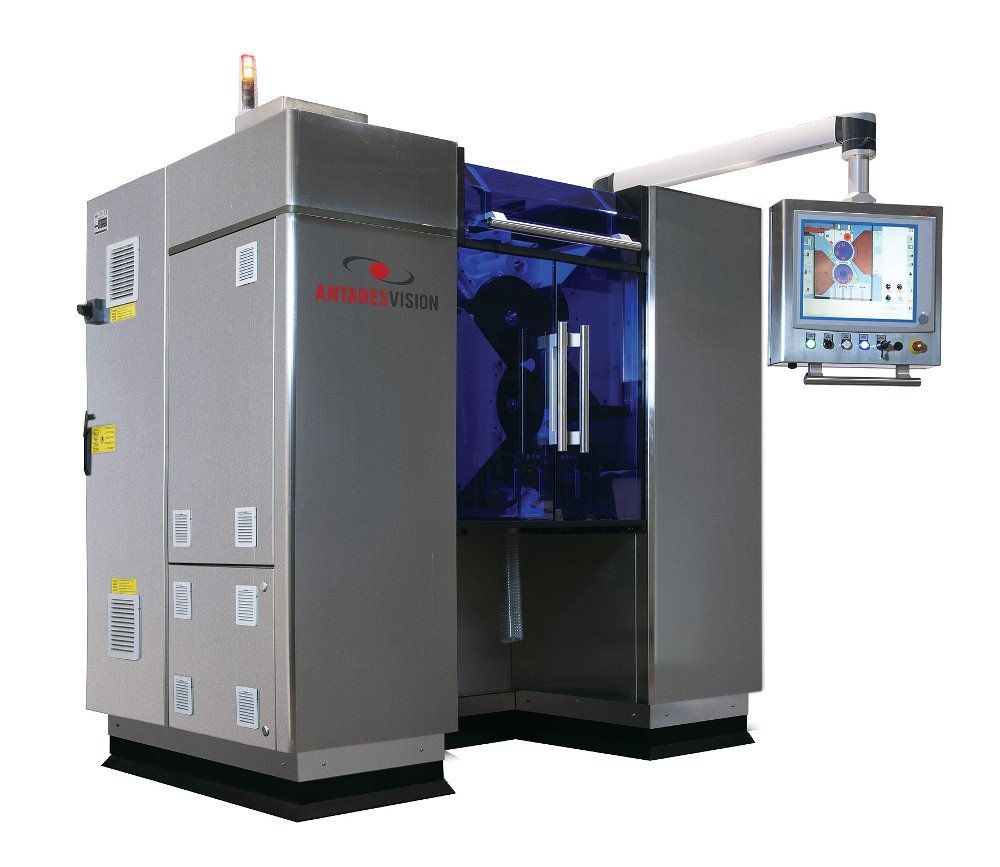
Greater Efficiency in Tablet and Capsule Inspection
To adapt to tablet and capsule size and format changes, Antares Vision has developed a tablet and capsule vision-inspection machine with a key advantage: it needs fewer format change parts.
“The advantages of using fewer vision inspection machine format change parts are greater efficiency in adapting to varied product configurations, increased production volume, cost savings with less equipment to purchase, and expanded market reach,” Pietrangelo says.
Named the TCI Tablets & Capsules Inspector, the technology is an automatic standalone machine designed to inspect a range of oral solid-dose products at a high throughput with accuracy up to 50 µm.
The company has also answered the need for heightened quality control and transparency across the product lifecycle via a traceability and inspection software platform that offers users full product insight from raw material to shelf, making the data available through a smartphone scan. “Automating ‘Safety 4.0’ in product transparency has augmented consumer confidence, simplified brand management, and increased competitiveness in the marketplace,” Pietrangelo says.
Glatt’s GF ModFlex system for continuous fluidized-bed spray agglomeration
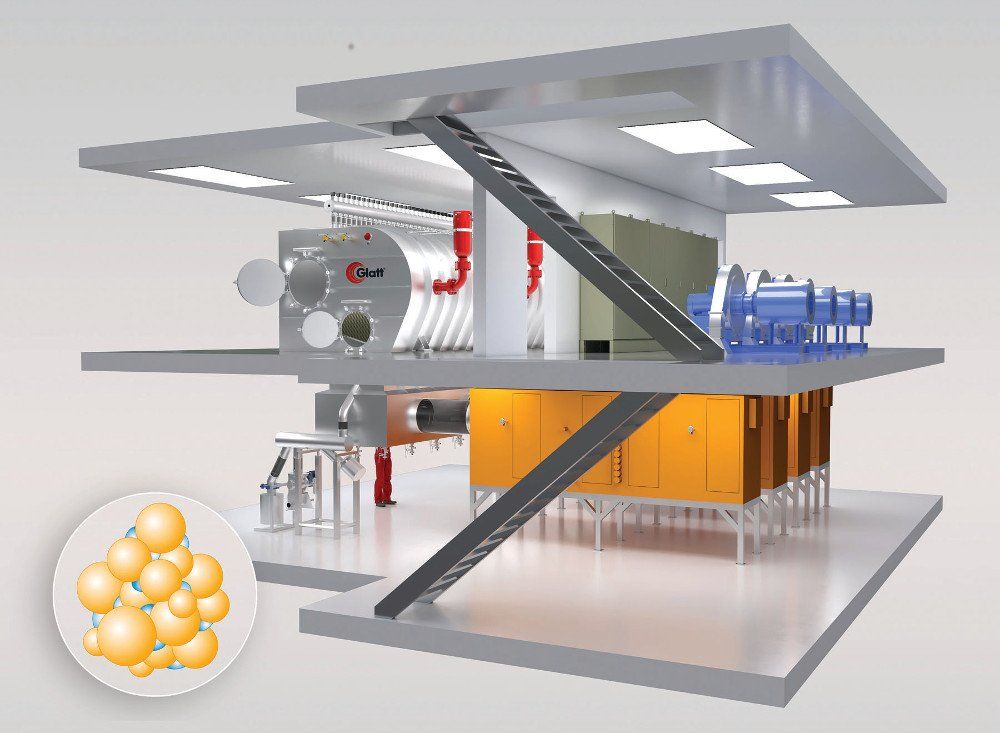
Bringing Continuous Fluidized-Bed Spray Agglomeration Down to Size
“For years, we’ve been observing a trend toward customer-specific products-i.e., products with defined properties as a unique selling proposition,” says Hendrik Schreier, sales manager, process technology, food/feed/fine chemicals, Glatt Ingenieurtechnik (Binzen, Germany). “The functionality must be very strongly adapted to the particular application; it’s often very complex and specific, with some spray-drying processes reaching the limits of their capabilities.”
In response, the company launched in spring 2018 its GF ModFlex system for continuous fluidized-bed spray agglomeration. “The compact, modular system based on a hygienic design now makes it possible to use our proven fluidized-bed technology even in the smallest of spaces and for production capacities in the range of 200 to 3,000 kg/hour,” Schreier says. “Users benefit from unlimited flexibility, all with low investment and operating costs.”
How does it stack up against the previous generation of equipment? “The comparison may be a little weird,” Schreier concedes, “but think of it as driving a small car that’s technically in line with the luxury class and yet meets the latest environmental standards.”
As with the company’s current fluid-bed systems, the new compact concept comprises several process gas chambers, an integrated WIP system, Atex conformity, and a plate filter. And users can have it up-and-running in a snap: 12 days. “The incredibly short and impressive installation time is achievable because all components are preinstalled and preconfigured,” Schreier says. “Simply plug and produce.”
MHI’s EAGLE-Omni deep-draw blister packaging machine
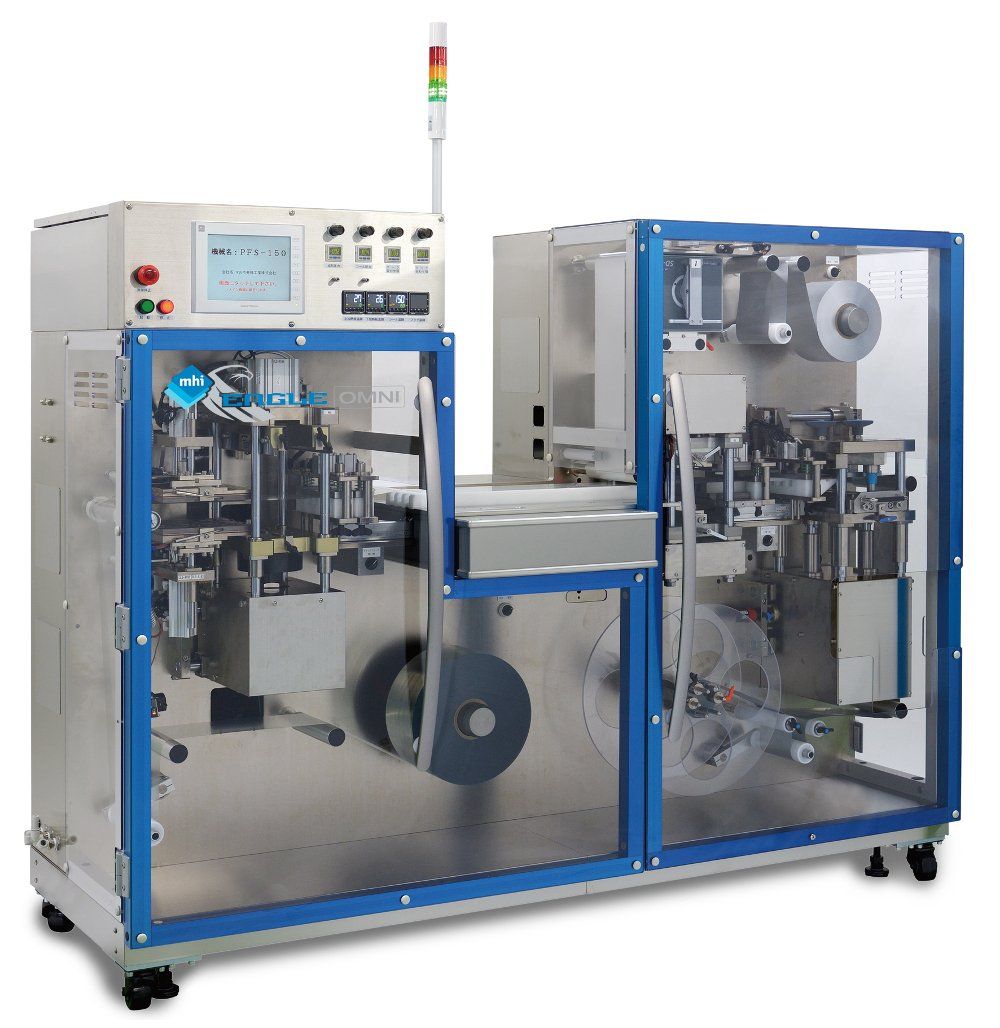
New Technologies for Efficiency, Flexibility, and Cost Savings
The equipment developers at MHI introduced two new products in 2018. The big debut was a low-cost, deep-draw blister packaging machine-the EAGLE-Omni-that can execute everything from manual prototyping to fully automated operation, allowing for “seamless development and production, combined with rapid, low-cost prototyping.” Saarinen says.
The 40-mm forming depth option gives nutrition brands flexibility in producing less-traditional formats like gummies, not to mention lotions, devices, and other emerging delivery platforms. And with tooling costs a fraction of those associated with legacy tooling sets, and turnaround times measured in days, not weeks, “new packages can be tested for barrier, stability, and durability while having approved packages available for consumer marketing evaluation,” Saarinen adds.
In addition to its new packaging machine, MHI has also unveiled prototyping services that deploy 3D printing technology for either the prototyping itself or to produce the appropriate tooling. “This allows a few packages to be made for R&D or marketing purposes at a fraction of the cost of traditional tooling,” Saarinen says.
Omega Design’s Econo Pouch Feeder
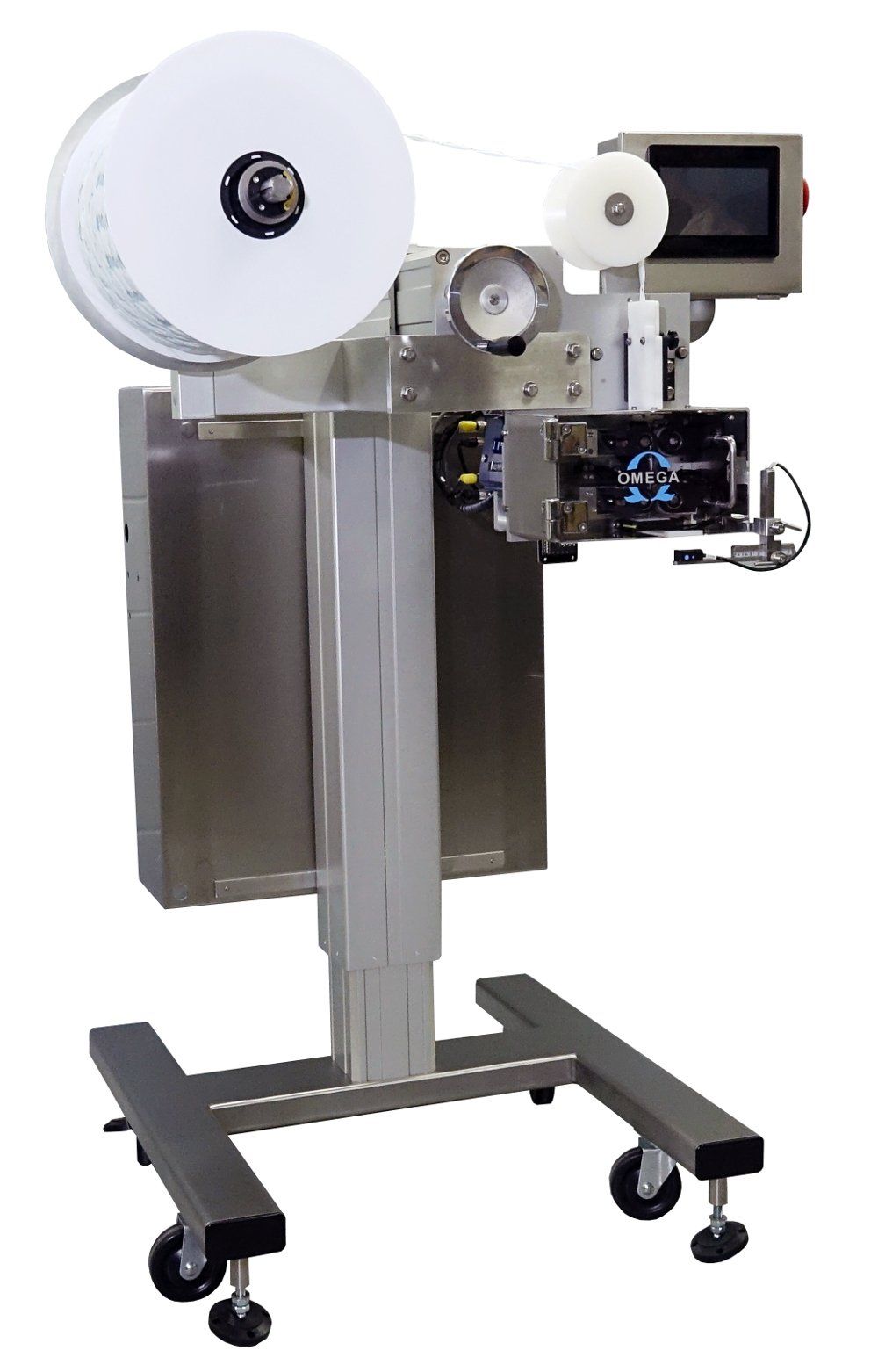
Making Speed Affordable
“Packaging lines are always confronting issues of speed and uptime,” Siegele says. “And packaging line speeds have been constrained by the cost of faster, more reliable equipment.” To move things along, so to speak, Omega Design debuted its IMPACT Series in 2018, aiming “to provide our traditional quality at a significantly lower price on many models,” Siegele says.
Consider the Econo Pouch Feeder, which Siegele describes as a portable, cost-effective, non-pneumatic pouch inserter that can feed up to 150 desiccant or oxygen-scavenging pouches per minute into all manner of packages: bottles, trays, diagnostic kits, and more.
Its patent-applied-for (PAF) dispensing head uses a stepper motor to cut pouches from a strip quickly and accurately. An operator can then load a pouch desiccant reel onto the machine’s spindle and feed the desiccant strip into the dispensing head. The automatic feeder cuts the pouch desiccants from their strip, dispenses the desired quantity, and verifies that the desiccants exit the dispensing head.
The all-electric feeder-which sports an anodized aluminum frame, slim line dispensing head, and integrated color touch screen HMI-requires no air and can perform single or multiple pouch drops per container. What’s more, it can accommodate pouches from all major manufacturers, Siegele says.
Witte’s Cleanable Fluid-Bed Dryer

Preventing Cross-Contamination, and Easing Cleanup
“More processors are paying close attention to consumer demand for healthier snacks with ingredients like nuts and seeds for high protein, and for supplements derived from nuts and seeds,” notes Witte. But nuts and seeds are major cross-contamination red flags, especially in processing gluten-free products, he says.
To avoid contamination crises, some processors go to great expense investing in separate, dedicated gluten-free processing lines. But the design of Witte’s cleanable fluid-bed dryers-rolled out in 2017-allows full access to the machines’ interiors for ready disassembly, cleaning, and inspection in minutes. The result: “Processors are able to process traditional and gluten-free products on the same equipment without significant concern for cross-contamination,” Witte says.
The company also designs drying systems that permit pasteurization without excessive heat, better to protect product quality and prevent degradation in process, Witte adds. And CIP components can be fitted onto the dryers, making for a clean, lean oper-ation.
A single operator can quickly access the machine’s interior without tools. The company’s signature C-clamps open to release the exhaust cover from the conveying surface, after which an optional electric hoist can automatically raise the cover to expose the dryer deck and hold it in place during cleaning and visual inspection. Full cleaning runs 10 to 20 minutes, rendering product changeover easy and contaminant removal verifiable and documentable.
“Most other process equipment can be difficult to clean,” Witte says. “But when it comes to food safety and contamination preventions, there’s no substitute for being able to visually inspect the process and confirm the cleanliness.”
Ross Double Planetary Mixer Model DPM-150
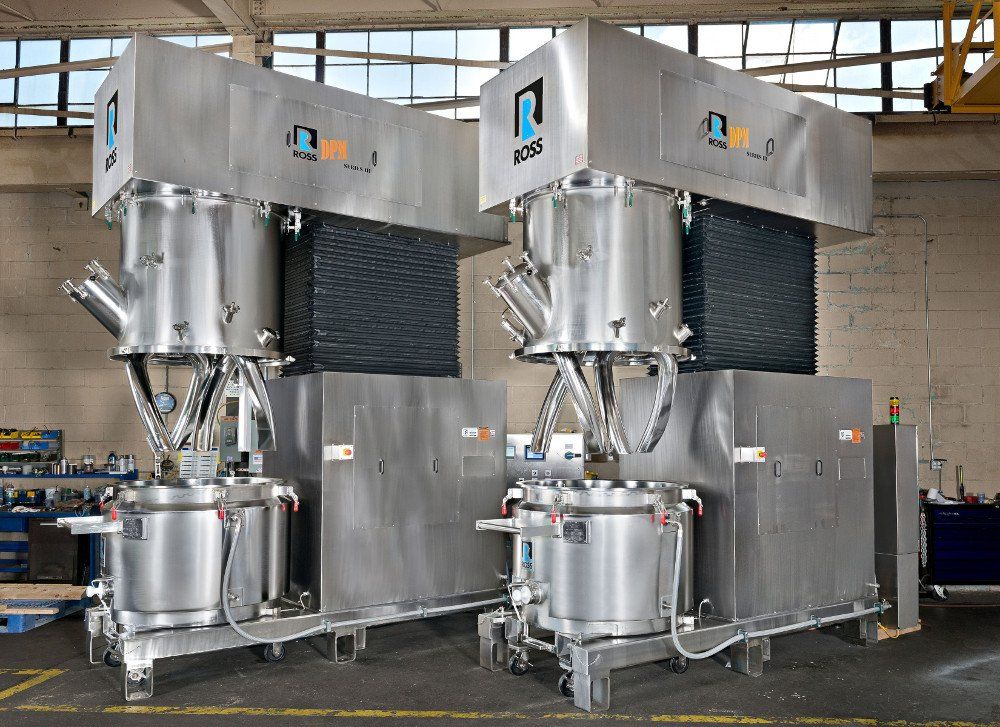
New Tech Improves Double Planetary Mixers
Charles Ross & Son Company (Hauppauge, NY) is known for its mixing systems, and 2018 saw several new options drop, including two 150-gallon double-planetary mixers (Model DPM-150) with patented high-viscosity “HV” blades, interchangeable jacketed vessels, electrohydraulic lift, recipe controls with data logger, and an all-stainless-steel, sanitary, dust-tight design.
The company’s double-planetary mixers comprise two identical blades that move in a planetary motion-rotating on their own axes around a common axis. Thirty-six revolutions pass the two blades through every point in the product zone, making physical contact with the whole batch. And the blades’ kneading action when mixing high-viscosity products above 2 million centipoise allows them to turn over thick, sticky, and putty-like materials, smoothing consistency, breaking up agglomerates, and making the machines preferred options in many industries.
The new DPM mixers cater to customer-specific process and application requirements, the company claims in a press release, and represent a “level of technology and customization that is rarely seen in the industry at this size.”
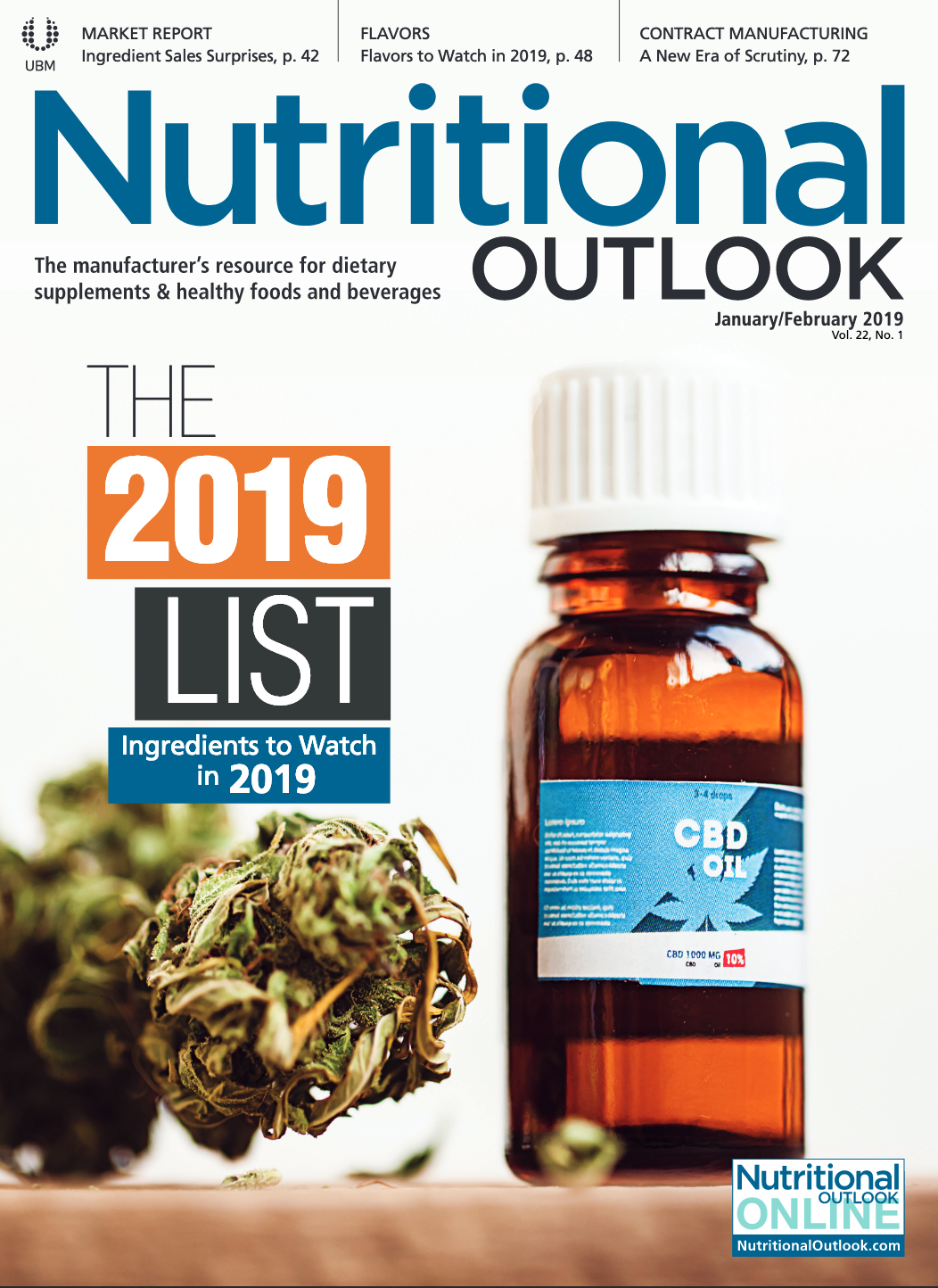
Prinova acquires Aplinova to further increase its footprint in Latin America
April 7th 2025Prinova has recently announced the acquisition of Brazilian ingredients distributor Aplinova, which is a provider of specialty ingredients for a range of market segments that include food, beverage, supplements, and personal care.

























